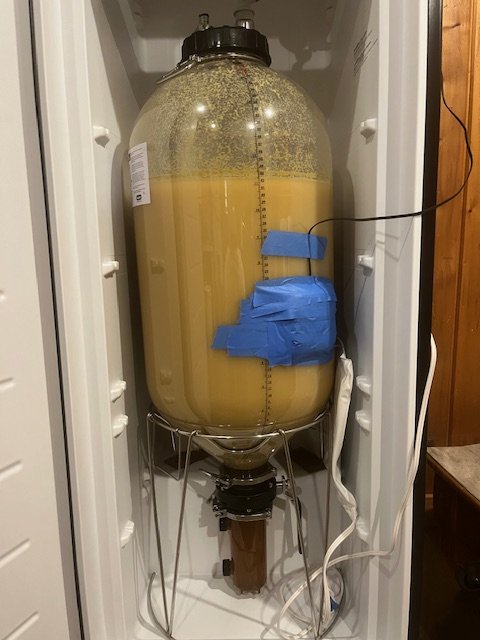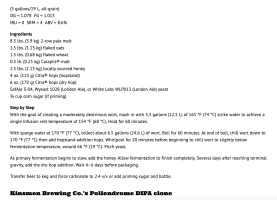iowahomebrew
Member
Hey Everyone. I added 5 lbs of honey to an 11 gallon batch of IPA when the standard fermentation was ending. As you can see in the picture, the honey has settled at the very bottom of the plastic conical. It looks like the trub is sitting on top of the honey and fermentation seems to be slowing down compared to hours after adding the honey. Would you be patient and leave the honey alone or remove the honey and dump it back in the top? This time with the valve closed above the collection container of course. Wish I had thought of that the first time! Thanks - Luke











![Craft A Brew - Safale S-04 Dry Yeast - Fermentis - English Ale Dry Yeast - For English and American Ales and Hard Apple Ciders - Ingredients for Home Brewing - Beer Making Supplies - [1 Pack]](https://m.media-amazon.com/images/I/41fVGNh6JfL._SL500_.jpg)
















































